#Rhabdotorrhinus exarhatus
Text

Sulawesi Dwarf Hornbill (Rhabdotorrhinus exarhatus), male, family Bucerotidae, order Bucerotiformes, Sulawesi, Indonesia
photograph by George So
217 notes
·
View notes
Text
Julang Sulawesi, Spesies Langka yang Sehidup Semati - Gosulsel
PANGKEP, GOSULSEL.COM - Sebanyak 13 spesies Rangkong yang ada di Indonesia. 2 diantaranya menjadi penghuni di Sulawesi, yakni Julang Sulawesi "Rhyticeros cassidix" dan Kangkareng Sulawesi "Rhabdotorrhinus exarhatus". Namun, pada kegiatan monitoring yang dilakukan SPTN Babul Wilayah I kali ini...
http://gosulsel.com/2023/06/15/julang-sulawesi-spesies-langka-yang-sehidup-semati/
0 notes
Photo
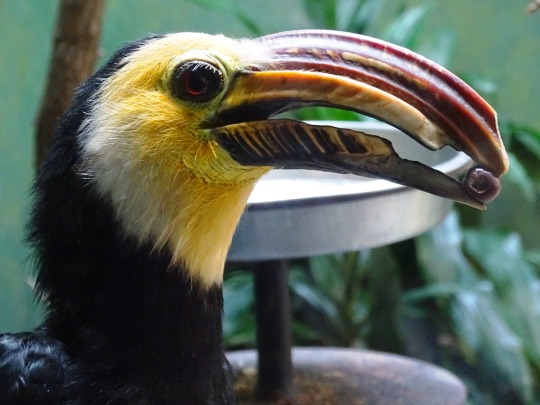

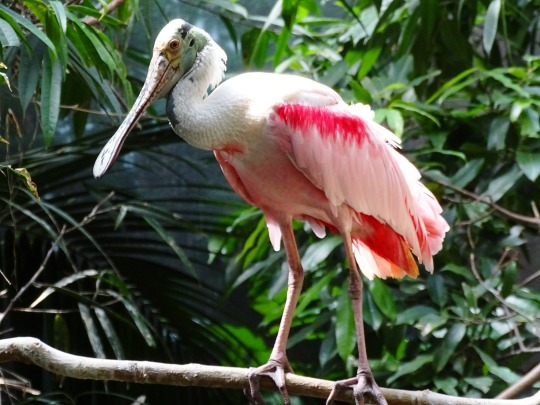







Aquatic Bird House, Bronx Zoo (No. 10)
The roseate spoonbill (Platalea ajaja) is a gregarious wading bird of the ibis and spoonbill family, Threskiornithidae. It is a resident breeder in South America mostly east of the Andes, and in coastal regions of the Caribbean, Central America, Mexico, the Gulf Coast of the United States, and from central Florida's Atlantic coast at Merritt Island National Wildlife Refuge, adjoined with NASA Kennedy Space Center at least as far north as South Carolina's Myrtle Beach.
The roseate spoonbill is sometimes placed in its own genus - Ajaja. A 2010 study of mitochondrial DNA of the spoonbills by Chesser and colleagues found that the roseate and yellow-billed spoonbills were each other's closest relatives, and the two were descended from an early offshoot from the ancestors of the other four spoonbill species. They felt the genetic evidence meant it was equally valid to consider all six to be classified within the genus Platalea or alternatively the two placed in the monotypic genera Platibis and Ajaja, respectively. However, as the six species were so similar morphologically, keeping them within the one genus made more sense.
Source: Wikipedia
#Aquatic Bird House#Sulawesi hornbill#Rhabdotorrhinus exarhatus#Bronx Zoo#Roseate Spoonbill#my favorite zoo#New York City#summer 2019#travel#vacation#bird#animal#tourist attraction#Platalea ajaja#beak#close up#behind glass#indoors#flora#nature#berry#eating#WCS#Wildlife Conservation Society
2 notes
·
View notes
Photo

In the Bill
What do you think about my pic?
#Temminck's hornbill#Sulawesi hornbill#Sulawesi tarictic hornbill#animal#Sulawesi dwarf hornbill#bird#Rhabdotorrhinus exarhatus#Bronx Zoo#travel#my favorite zoo#Aquatic Bird House#photo of the day#New York City#detail#head#beak#berry#eating#original photography#summer 2019#indoors#What do you think about my pic?#bill#rostrum#tourist attraction#landmark#close up#feather#eyelash
1 note
·
View note
Photo


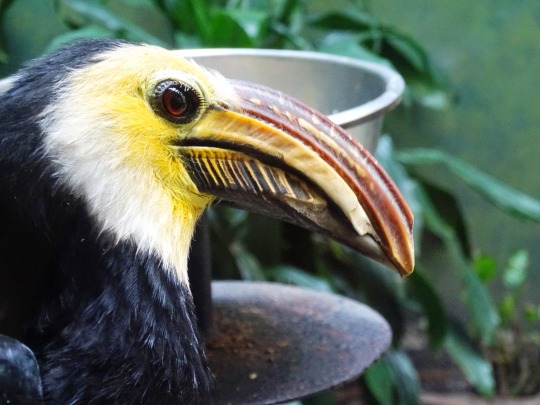


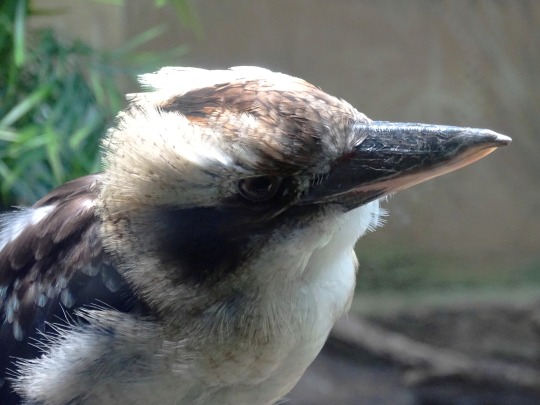

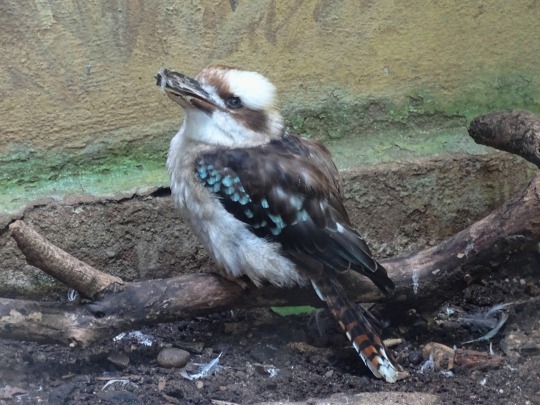

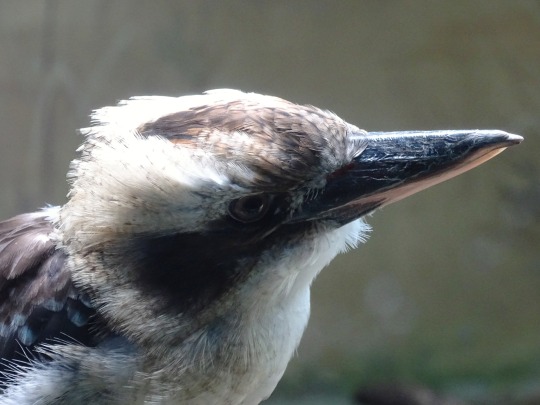
Aquatic Bird House, Bronx Zoo (No. 9)
The Sulawesi hornbill (Rhabdotorrhinus exarhatus), also known as the Sulawesi tarictic hornbill, Temminck's hornbill or Sulawesi dwarf hornbill, is a relatively small, approximately 45 cm (18 in) long, black hornbill. The male has a yellow face and throat, and yellowish horn bill with black markings. The female has all-black plumage and a darker bill.
An Indonesian endemic, the Sulawesi hornbill is distributed in the tropical lowland, swamps and primary forests of Sulawesi and nearby islands, from sea level to altitude up to 1,100 metres. There are two subspecies of the Sulawesi hornbill. The nominate subspecies, P. e. exarhatus, occurs in north Sulawesi, and P. e. sanfordi is found in central, east and south Sulawesi, Buton and Muna Island.
The Sulawesi hornbill is a social species that lives in groups of up to 20 individuals. It is believed that only the dominant pair breeds, while the remaining members of the group act as helpers. The diet consists mainly of fruits, figs and insects. The female seals herself inside a tree hole to lay her eggs. During this time, the male and helpers provide food for the female and the young.
Widespread and common throughout its native range, the Sulawesi hornbill is evaluated as vulnerable on the IUCN Red List of Threatened Species.
This species is one of the tarictic hornbills that is doing better in zoos. There are three collections currently breeding them: Whipsnade (England), Avifauna (the Netherlands) and San Diego (USA). At Whipsnade the birds are kept in the bird garden area. At San Diego they have two pairs, one in the walk-through Parker Aviary and the other in a small nearby aviary.
Source: Wikipedia
#laughing kookaburra#Dacelo novaeguineae#Aquatic Bird House#Bronx Zoo#my favorite zoo#behind glass#original photography#bird#animal#flora#fauna#New York City#indoors#travel#vacation#summer 2019#USA#Temminck's hornbill#Sulawesi hornbill#tourist attraction#landmark#the Bronx#Rhabdotorrhinus exarhatus#Sulawesi dwarf hornbill#nature#WCS#Wildlife Conservation Society
3 notes
·
View notes